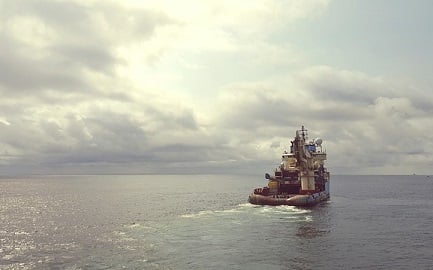Asia and West Africa have become prime haunting grounds of pirates, leading to resurgence in piracy-related incidents in 2016, according to an anti-piracy watchdog.
Previously contained by international law enforcement efforts, piracy seems to be making a comeback, costing shipping firms and marine insurers hundreds of millions of dollars.
A report by US-based NGO Oceans Beyond Piracy (OBP) revealed that in 2016, Asia had the most piracy instances at 125, with West Africa in second place at 95. These instances include acts such as armed robbery, hijackings, kidnappings, and ship boardings.
The State of Maritime Piracy Report 2016 also said that the Sulu and Celebes seas in Southeast Asia saw a combined 21 pirate attacks last year, up from zero in 2015.
“If presented with an opportunity, pirate investors will gladly return to the business model which proved so lucrative between 2008 and 2010,” Gerry Northwood, COO of maritime risk management consultancy MAST, told
CNBC. Northwood was a former counter-piracy commander of the British Royal Navy.
From 2008 to 2010, piracy was also rampant, leading to US$7 billion in losses to the shipping industry, according to OBP data.
The piracy wave has continued into 2017, with Somali pirates seizing oil tanker Aris 13 in March. This marks the first successful hijacking of a commercial ship since 2012. MAST data shows that there have been a total of 48 instances of piracy worldwide for the first quarter of 2017.
Related stories:
Piracy in Asia down 65%
Trio of Southeast Asian nations to establish shipping corridor to combat piracy


